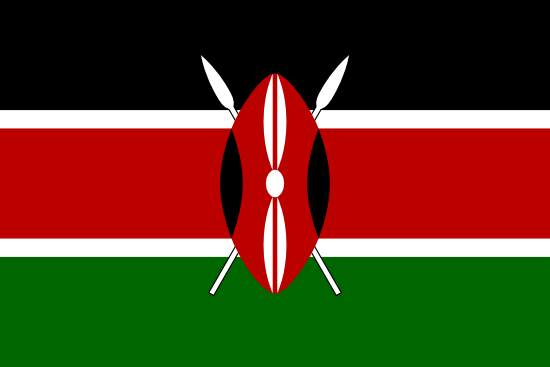African Indigenous Food System Expo
in Muguga, Kenya.
Nairobi
00100
Kenya
Kenya Agricultural and Livestock Research Organization (KALRO) is gearing up to host the first of its kind in Africa; the African Indigenous Food System Expo, from November 21 to November 26, 2023, in Muguga, Kenya.
In collaboration with the African Union, this initiative represents a significant effort to celebrate and restore the heritage of traditional African foods that have been overshadowed by modern exotic alternatives like cabbage and spinach.
African indigenous food systems (AIFS) are the traditional food production, processing, and consumption practices of African communities. These systems are based on the use of locally available resources, such as plants, animals, and insects. AIFS are typically diverse and sustainable, and they play an important role in ensuring food security and nutrition for African communities.
African Indigenous Food System
In Kenya, AIFS are based on a wide variety of crops, including cereals, legumes, vegetables, and fruits. Some of the most important indigenous crops in Kenya include:
- Maize: Maize is the most important staple crop in Kenya, and it is grown by almost all households.
Maize crop in Kenya
- Sorghum: Sorghum is a drought-tolerant crop that is grown in many parts of Kenya, particularly in dry areas.
Sorghum crop in Kenya
- Millet: Millet is another drought-tolerant crop that is grown in Kenya.
Millet crop in Kenya
- Beans: Beans are an important source of protein for Kenyans, and they are grown in many parts of the country.
Beans crop in Kenya
- Leafy greens: Leafy greens are a nutritious and affordable source of vitamins and minerals for Kenyans.
Leafy greens crop in Kenya
- Fruits: Kenya is home to a wide variety of fruits, including mangoes, bananas, oranges, and avocados.
Fruits crop in Kenya
AIFS in Kenya are also based on a variety of traditional food processing and preservation techniques. These techniques include:
- Drying: Drying is a common method of preserving food in Kenya. Foods that are often dried include fruits, vegetables, and meat.
Drying food in Kenya
- Smoking: Smoking is another method of preserving food in Kenya. Foods that are often smoked include meat and fish.
Smoking food in Kenya
- Fermentation: Fermentation is a traditional method of preserving food and improving its flavor. Foods that are often fermented include milk, yogurt, and vegetables.
Fermentation food in Kenya
AIFS are facing a number of challenges, including:
- Climate change: Climate change is making it more difficult to grow traditional crops in Kenya.
- Land degradation: Land degradation is reducing the amount of land available for AIFS.
- Loss of traditional knowledge: Traditional knowledge about AIFS is being lost as younger generations move away from rural areas.
Despite these challenges, there are a number of efforts being made to promote AIFS in Kenya. These efforts include:
- Supporting farmers: The Kenyan government is providing support to farmers who are growing traditional crops.
- Promoting traditional markets: The Kenyan government is promoting traditional markets for AIFS products.
- Educating the public: The Kenyan government is educating the public about the benefits of AIFS.
AIFS have a number of benefits, including:
- They are more nutritious than imported foods.
- They are more affordable than imported foods.
- They are more environmentally friendly than imported foods.
- They are more culturally relevant than imported foods.
By promoting AIFS, Kenya can improve food security, nutrition, and environmental sustainability.

